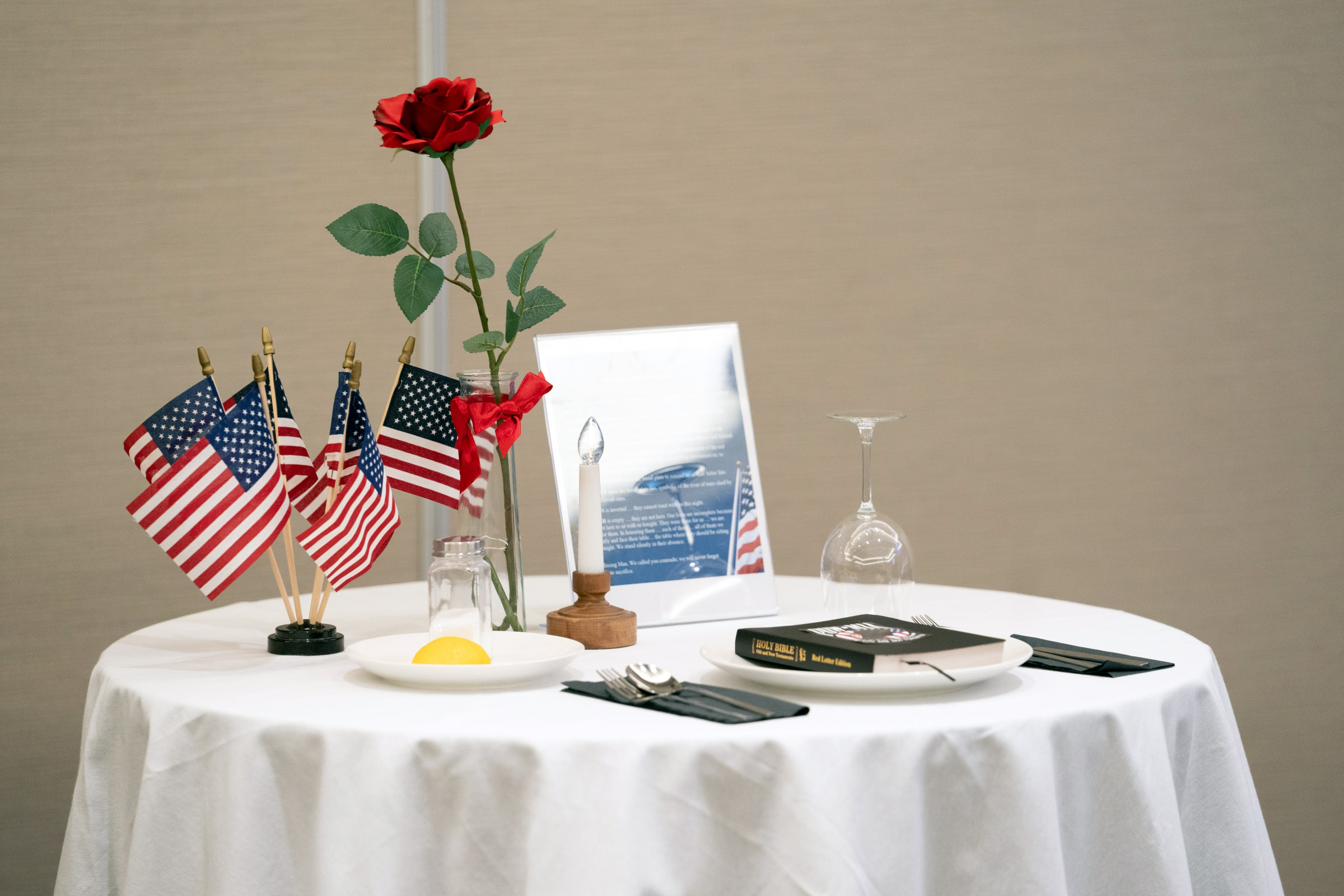Every year on November 11, Americans celebrate Veterans Day to honor the tens of millions who have honorably served in America’s Armed Forces. Behind this seemingly simple holiday is a great deal of history.
Veterans Day originated as Armistice Day, which celebrated the signing of the ceasefire that ended fighting between the Allied and the Central Powers during the First World War and took effect at eleven in the morning on November 11, 1918. It was first observed a year later, just a few months after the Treaty of Versailles. The intention of the holiday was to recognize the cessation of hostilities which brought a close to “the war to end all wars,” those who fought in World War One, and those who died in it. The Treaty of Versailles was ratified by the Senate in 1926, and Armistice Day became a legal holiday in 1938 “designed to perpetuate peace through good will and mutual understanding between nations” and commemorate the veterans of the Great War.1
In 1938, they did not realize that “the war to end all wars,” and the treaty that ended it, was going to lead to a far deadlier war that would result in almost four times as many American casualties.2
The Second World War brought about an unprecedented amount of death and destruction. The United States had to join the fray after the Japanese bombed Pearl Harbor on December 7, 1941, leading to “the greatest mobilization of soldiers, sailors, Marines and airmen in the Nation’s history.”
After years of combat, the war finally came to a close, but now America had to combat the influence of communism, leading to involvement in the Korean War.
In 1954, Armistice Day was amended and changed to Veterans Day to commemorate those who fought in all American wars, not just World War One. President Eisenhower, a retired general himself, issued the first Veterans Day Proclamation urging, “proper and widespread observance,” to honor all who have served.
In 1968, the Uniform Monday Holiday Act was passed to make Veterans Day and several other holidays three-day weekends, regardless of the anniversary of the events that were being celebrated. There was a great deal of confusion and backlash, especially over Veterans Day being in late October instead of on November 11. In response, the holiday was permanently moved back to its rightful historical place of November 11 in 1978. Ever since then, annually on November 11, Americans, from sea to shining sea, celebrate all veterans who served from the Revolutionary War to the War on Terror, during peace and war.3
- Calvin Coolidge, Proclamation—Armistice Day, 1926, Online by Gerhard Peters and John T. Woolley, The American Presidency Project, https://www.presidency.ucsb.edu/node/328733.
- “America’s Wars,” U.S. Department of Veteran Affairs, https://www.va.gov/opa/publications/factsheets/fs_americas_wars.pdf.
- “History of Veteran’s Day,” U.S. Department of Veteran Affairs, https://department.va.gov/veterans-day/history-of-veterans-day/.

